Artex Quadrilato for Tunisia
Artex Quadrilato No.333 for Tunisia
Artex Quadrilato No.333 for Tunisia
Playing cards in Tunisia have followed French influence. These Belgian/Genoese type playing cards are based on the French Paris pattern produced by Grimaud in late 19th century, but with green replacing the usual blue. The Jack of Clubs has a triangular shield whose design resembles the coat of arms of the former Spanish Netherlands. Grimaud's pattern was used in casinos in Belgium, Spain & South America, and had also been extended into the Ottoman Empire, the Balkans and the Mediterranean from Algeria to Syria. It is also known in Turkey. It is gradually being replaced today by the Anglo-American pattern.
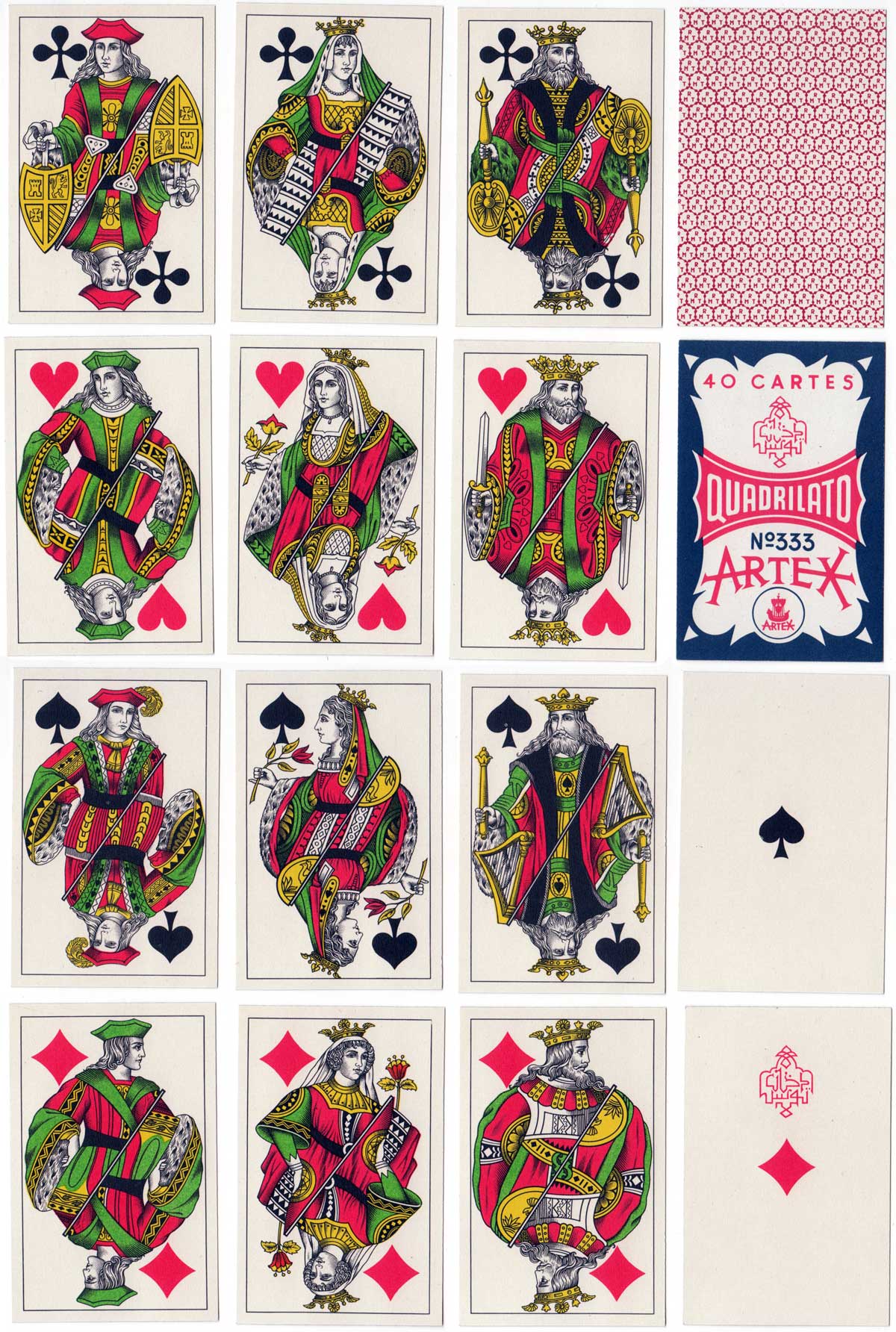
Above: Artex “Quadrilato No.333” Genoese style playing cards for Tunisia, 40 cards, square corners, c.1970. The Arabic imprint on the Ace of Diamonds refers to the Tunisian tobacco and playing card monopoly, while the letters 'RMT' on the backs signify 'Régie Monopole Tunisie'. “Artex” was the export brand name used by Játékkártyagyár és Nyomda (Playing-Card Factory and Printing House) after Piatnik pulled out of their Budapest branch. Images courtesy Rex Pitts.
See also: Genoese style playing cards for Tunisia by Léonard Biermans, c.1970→
By Rex Pitts (1940-2021)
United Kingdom • Member since January 30, 2009
Rex's main interest was in card games, because, he said, they were cheap and easy to get hold of in his early days of collecting. He is well known for his extensive knowledge of Pepys games and his book is on the bookshelves of many.
His other interest was non-standard playing cards. He also had collections of sheet music, music CDs, models of London buses, London Transport timetables and maps and other objects that intrigued him.
Rex had a chequered career at school. He was expelled twice, on one occasion for smoking! Despite this he trained as a radio engineer and worked for the BBC in the World Service.
Later he moved into sales and worked for a firm that made all kinds of packaging, a job he enjoyed until his retirement. He became an expert on boxes and would always investigate those that held his cards. He could always recognize a box made for Pepys, which were the same as those of Alf Cooke’s Universal Playing Card Company, who printed the card games. This interest changed into an ability to make and mend boxes, which he did with great dexterity. He loved this kind of handicraft work.
His dexterity of hand and eye soon led to his making card games of his own design. He spent hours and hours carefully cutting them out and colouring them by hand.

Leave a Reply
Your Name
Just nowRelated Articles
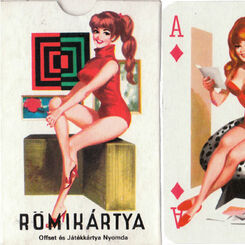
Römihártya
Römihártya pin-up deck from Hungary.
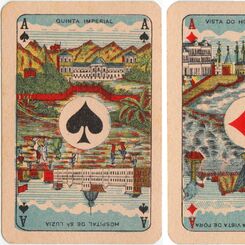
Brazil Pictorial Aces
Genoese pattern with Pictorial Aces for Brazil by Brepols, Turnhout, c.1920.
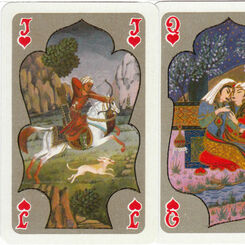
Persian Miniatures
Persian Miniatures, made in Hungary c.1990.

Römihártya Játékkartyagyár
Pin-up Rummy Playing Cards, made in Hungary, c.1970.
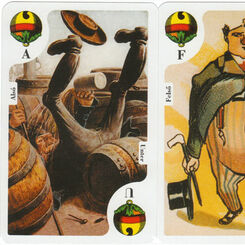
Hungarian Drinking Skat
Hungarian Drinking Skat, c.2004.
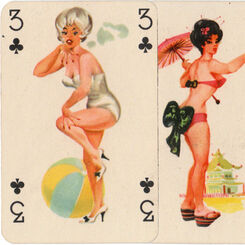
Römikártya 4
Bathing Beauties throughout the ages, published in Hungary, 1967.

Cigar Bands
A collection of 24 cigar bands with miniature playing cards.
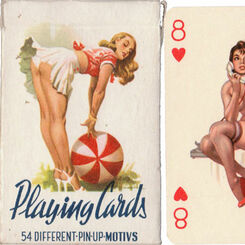
54 Pin-up Motivs
Hungarian pin-up deck illustrated by Imre Sebök, c.1960.

Velux
Velux - la fenêtre de toit de qualité, c.1990.

Genovesi Pattern
Genoese pattern from Italy.

Jean Borin
‘Cartes de Luxe’ with artwork by Belgian artist and designer Jean Borin (1907-1997).
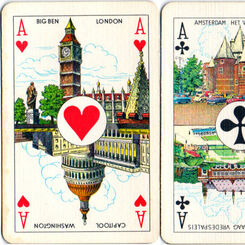
Ronia Genoese Pattern
‘Ronia’ Genoese Pattern made in Hungary for the Dutch market, c.1970
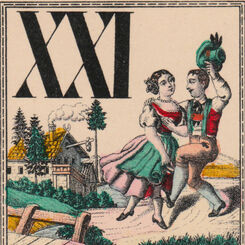
Tarok c.1900
Piatnik & Söhne “Industrie und Glück” Tarok c.1905-1910.
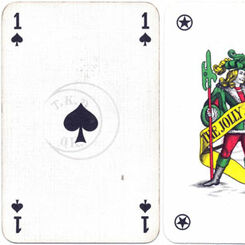
Artex for Turkey
Artex A/30 brand for Turkey, 1990s.
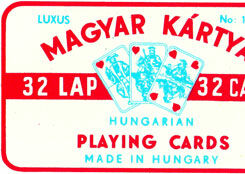
Magyar Kártya No.123
Luxus No.123 Hungarian seasons pattern manufactured in Hungary by the Playing-Card Factory and Print...
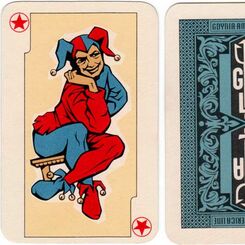
Gdynia-America Line
Non-standard playing cards produced by Artex (Budapest) for the Gdynia-America Line, Poland, c.1958....
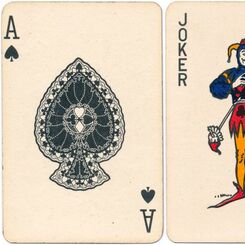
Artex No.111
No.111 by Artex is a copy of Waddingtons standard designs, c1962.

Première Croisade
Deck evoking the ‘Première Croisade’ with single-ended courts by Daveluy, Bruges, c.1850.
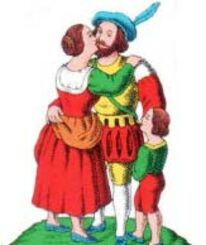
Hungarian Seasons pattern
The Hungarian Seasons pattern. With the Hungarian deck you can play a lot of card games. Every villa...
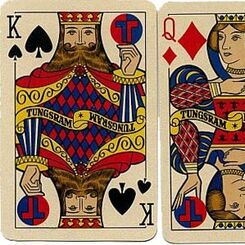
Tungsram Playing Cards
Tungsram Playing Cards, Art Deco playing cards from Hungary
Most Popular
Our top articles from the past 60 days


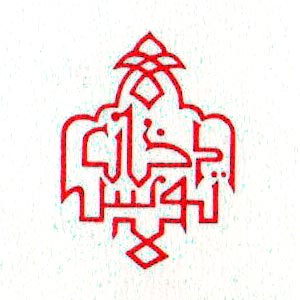
 Your comment here. Your comment here. Your comment here. Your comment here. Your comment here. Your comment here. Your comment here. Your comment here. Your comment here. Your comment here. Your comment here. Your comment here. Your comment here. Your comment here. Your comment here. Your comment here. Your comment here. Your comment here. Your comment here. Your comment here. Your comment here. Your comment here. Your comment here. Your comment here. Your comment here. Your comment here. Your comment here. Your comment here. Your comment here. Your comment here. Your comment here. Your comment here.
Your comment here. Your comment here. Your comment here. Your comment here. Your comment here. Your comment here. Your comment here. Your comment here. Your comment here. Your comment here. Your comment here. Your comment here. Your comment here. Your comment here. Your comment here. Your comment here. Your comment here. Your comment here. Your comment here. Your comment here. Your comment here. Your comment here. Your comment here. Your comment here. Your comment here. Your comment here. Your comment here. Your comment here. Your comment here. Your comment here. Your comment here. Your comment here.




















